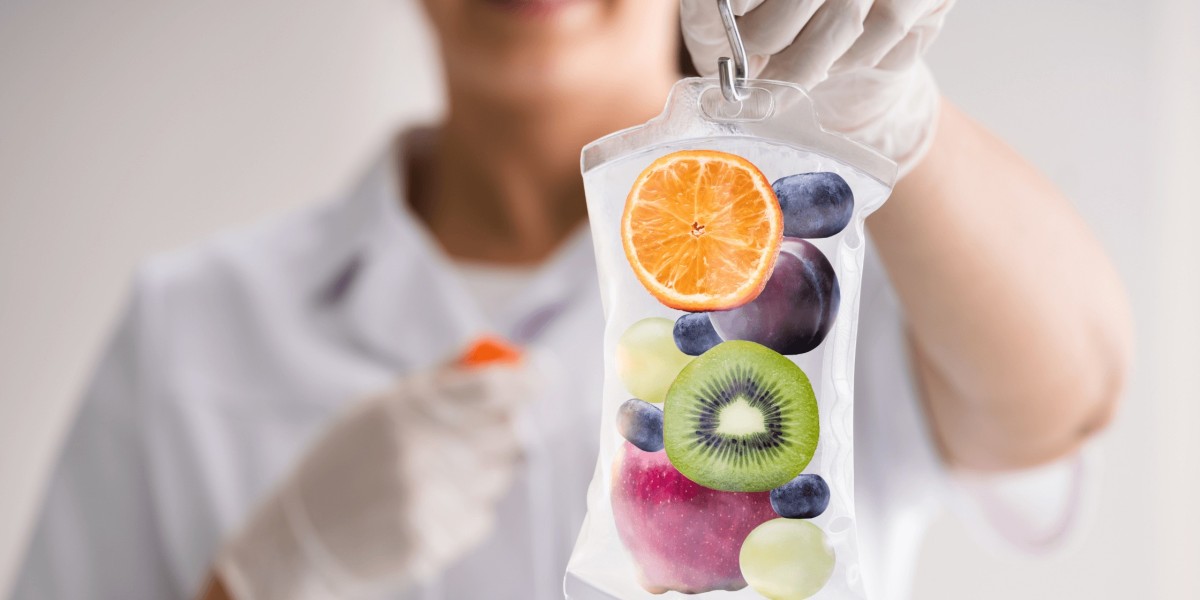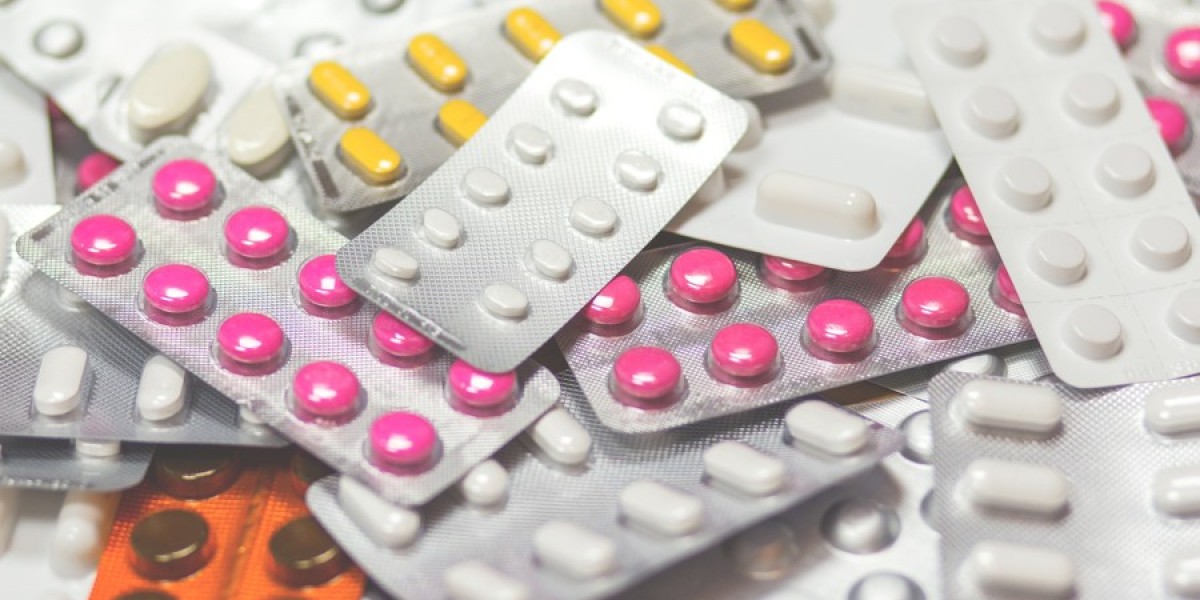Intravenous (IV) drip therapy is a common medical treatment used to deliver fluids, medications, and nutrients directly into the bloodstream. This method allows for quick absorption and is often employed in hospitals, clinics, and other healthcare settings. While the insertion of an IV is typically a straightforward process, understanding how it is safely removed is equally important for patients undergoing IV drip therapy in Islamabad.
When an IV is no longer needed, healthcare professionals follow specific protocols to ensure the removal is safe and effective. Knowing what to expect during this process can help ease any anxieties and provide clarity on the procedure.
Step 1: Preparation for Removal
Before removing the IV, the healthcare provider will assess the patient's condition and confirm that the IV is no longer necessary. They will explain the removal process to the patient, ensuring they understand what will happen. The provider may also gather the necessary materials for the removal, including gloves, gauze, antiseptic wipes, and adhesive bandages.
Step 2: Hand Hygiene and Gloving
The healthcare professional will begin by performing proper hand hygiene, washing their hands thoroughly to minimize the risk of infection. Following this, they will don a pair of clean gloves to maintain a sterile environment. This step is crucial to ensure that no contaminants are introduced into the bloodstream during the removal process.
Step 3: Disconnection from the IV Line
Once prepared, the provider will carefully disconnect the IV line from the catheter that is inserted into the patient’s vein. This disconnection is done gently to avoid causing any discomfort. In some cases, the healthcare professional may flush the catheter with saline to ensure that any residual medication or fluid is cleared from the line before removal.
Step 4: Removing the IV Catheter
With the IV line disconnected, the healthcare provider will hold the catheter near the insertion site and gently pull it out of the vein. This action is typically quick and should cause minimal discomfort. The speed of removal is essential to reduce any potential pain or anxiety for the patient.
Step 5: Applying Pressure
After the catheter has been removed, the provider will apply gentle pressure to the insertion site with a sterile gauze pad. This pressure helps prevent bleeding and promotes clotting in the vein. The patient may be asked to keep the gauze in place for a few minutes to ensure that any bleeding has stopped.
Step 6: Cleaning the Site
Once the bleeding has ceased, the healthcare professional will clean the area around the insertion site with an antiseptic wipe. This step is crucial to prevent infection and promote healing in the affected area. The provider may also apply an adhesive bandage or a sterile dressing to protect the site.
Step 7: Disposal of Materials
All used materials, including the IV catheter, gloves, and gauze pads, should be disposed of properly in designated biohazard containers. This practice helps prevent the spread of infections and ensures compliance with healthcare regulations.
Step 8: Monitoring the Patient
After the IV removal, the healthcare provider will monitor the patient for any signs of complications, such as excessive bleeding, swelling, or redness at the insertion site. The patient should also be advised to report any unusual symptoms to their healthcare provider promptly.
Conclusion
Understanding how an IV is removed can help demystify the process for patients undergoing IV drip therapy in Islamabad. By following established protocols, healthcare professionals ensure a safe and comfortable removal process. If you have any concerns or questions about IV therapy or its removal, do not hesitate to reach out to your healthcare provider for guidance.
For those seeking IV drip therapy, consider visiting the Royal Cosmetic Surgery Clinic PK, where trained professionals are ready to assist you with your needs. Learn more about our services by visiting Royal Cosmetic Surgery.
Naijamatta is a social networking site,
download Naijamatta from Google play store or visit www.naijamatta.com to register. You can post, comment, do voice and video call, join and open group, go live etc. Join Naijamatta family, the Green app.
Click To Download


